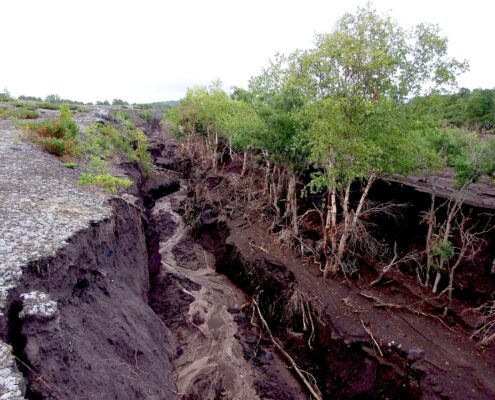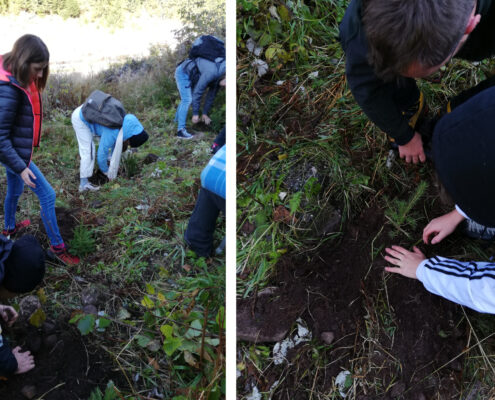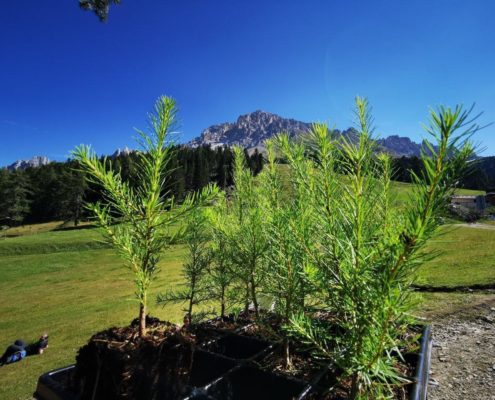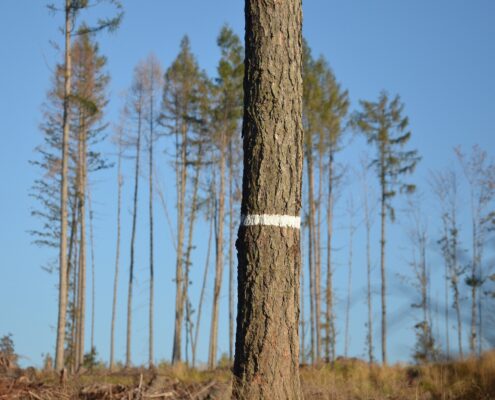 https://greenmarked.it/wp-content/uploads/2023/02/Barbara1.jpg
1272
1920
Barbara Centis
https://greenmarked.it/wp-content/uploads/2022/01/LOGO-GREENMARKED-SITO-600x600.png
Barbara Centis2023-02-04 19:34:312024-01-02 11:36:18The Bark Beetle: A Threat for Trentino’s Forests
https://greenmarked.it/wp-content/uploads/2023/02/Barbara1.jpg
1272
1920
Barbara Centis
https://greenmarked.it/wp-content/uploads/2022/01/LOGO-GREENMARKED-SITO-600x600.png
Barbara Centis2023-02-04 19:34:312024-01-02 11:36:18The Bark Beetle: A Threat for Trentino’s ForestsBarbara Centis
February 04, 2023
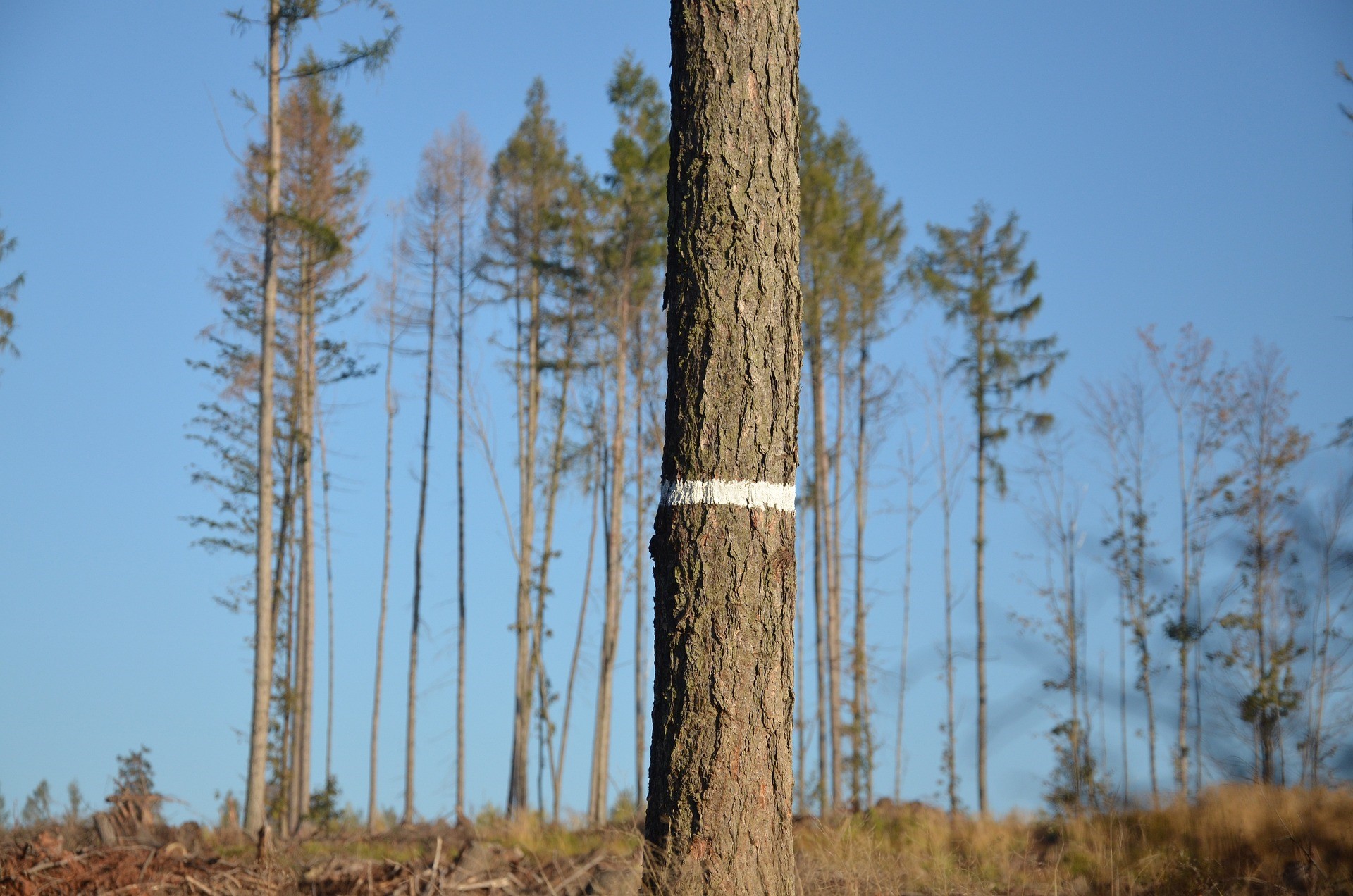
Four years since windstorm Vaia hit Trentino, an event that was never seen on the southside of the Alps, a new threat faces Trentino’s forests. This time it is a phytophagous insect called the bark beetle (Ips typhographus). It measures only a few millimeters but poses a major threat. If storm Vaia, in October 2018, caused 4 million cubic meters of crashed wood in the whole Province of Trento, the bark beetle has already affected 1.47 million cubic meters of trees over a total area of 8350 hectares. And the count of dead trees does not seem to stop [1].
Under normal conditions, the beetle attacks and reproduces in weak plants, especially spruce trees, thus contributing to the forest cleanup. It therefore plays an important role in the forest ecology because it attacks plants that have reached the end of their life cycle. Nonetheless, thanks to the huge availability of groundwood generated by the windstorm and weather patterns that favor very hot and dry temperatures, the insect has also been attacking plants that survived the storm: they are now weak and vulnerable. Both bark beetle adults and larvae dig tunnels under the tree bark, interrupting the flow of sap and virtually killing the plant. The consequences are easily seen by looking at the crown color of attacked spruce trees: it goes from amber yellow to rust red. In the final stage, the tree loses all its needles and acquires a gray color. Before it turns gray, the insects move away, leaving the tree to its rapid death.
Besides representing an economic damage, which at the moment has been estimated at 132 billion euro by Etifor due to the lost income from the sale of infected timber [2], the bark beetle also represents a problem in terms of safety. Slope instability is a huge danger that can cause rolling stones, avalanches and landslides. For this reason, it is preferrable to avoid removing all the affected plants or adopt special felling systems, such as leaving tall stumps on the forest parch. Indeed, the presence of plants – even standing dead ones – provides greater protection.
Interregional coordination between forest agencies of Trentino – South Tyrol, Veneto and Friuli can improve the monitoring of the bark beetle spread, the protection of forest resources and the planning of forest interventions. Indeed, although the most affected province has been Trentino, the bark beetle has attacked all northeastern Italy.
In Trentino, 229 beetle traps (containing pheromones that attract the insect, Fig. 1) have been placed to check the bark beetle spread. The priority of the Bark Beetle Plan is to promptly detect and cut infected trees. The Plan also looks at security and protection, promoting actions that avoid creating weak margins.
An interesting project involving the Edmund Mach Foundation of San Michele all’Adige (Trento), the Autonomous Province of Trento state agencies and the University of Vienna applies a phenological model that simulates the bark beetle development by analyzing meteorological data. It is called “the Phenips project” [3]. Wide-ranging projects like this, together with timely monitoring, can help avert damage and safeguard Trentino’s great territorial and landscape heritage.
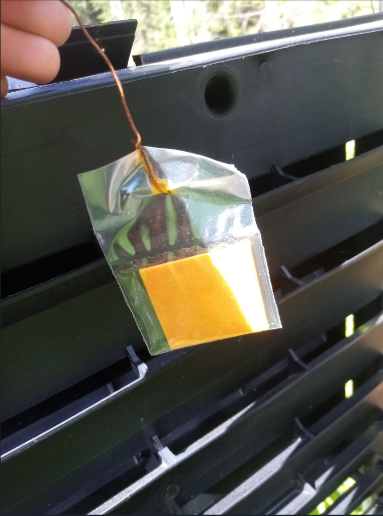
Fig. 1: Pheromones are put in the bark beetle trap to attract the insect.
Related articles:
References:
[1] AA. VV., (2022)- Terra Trentina, 2: 14-15
[2] Deganello S., (2022). Bostrico, 20 mila ettari di bosco danneggiati: epidemia favorita dalla siccità. https://www.ilsole24ore.com/art/bostrico-20mila-ettari-boschi-danneggiati-epidemia-favorita-siccita-AEPCuACC
[3] Press Office of the Provincial Government of Trento. (2022, 24 June). Boschi, approved the plan to contain the spread of the bark beetle. (Translated by Author). https://www.ufficiostampa.provincia.tn.it/Comunicati/Boschi-approvato-il-Piano-per-contenere-la-diffusione-del-bostrico
Cover- and preview image: Trees affected by the bark beetle. The low-density and light colored tree crown is a symptom of the ongoing attack.

